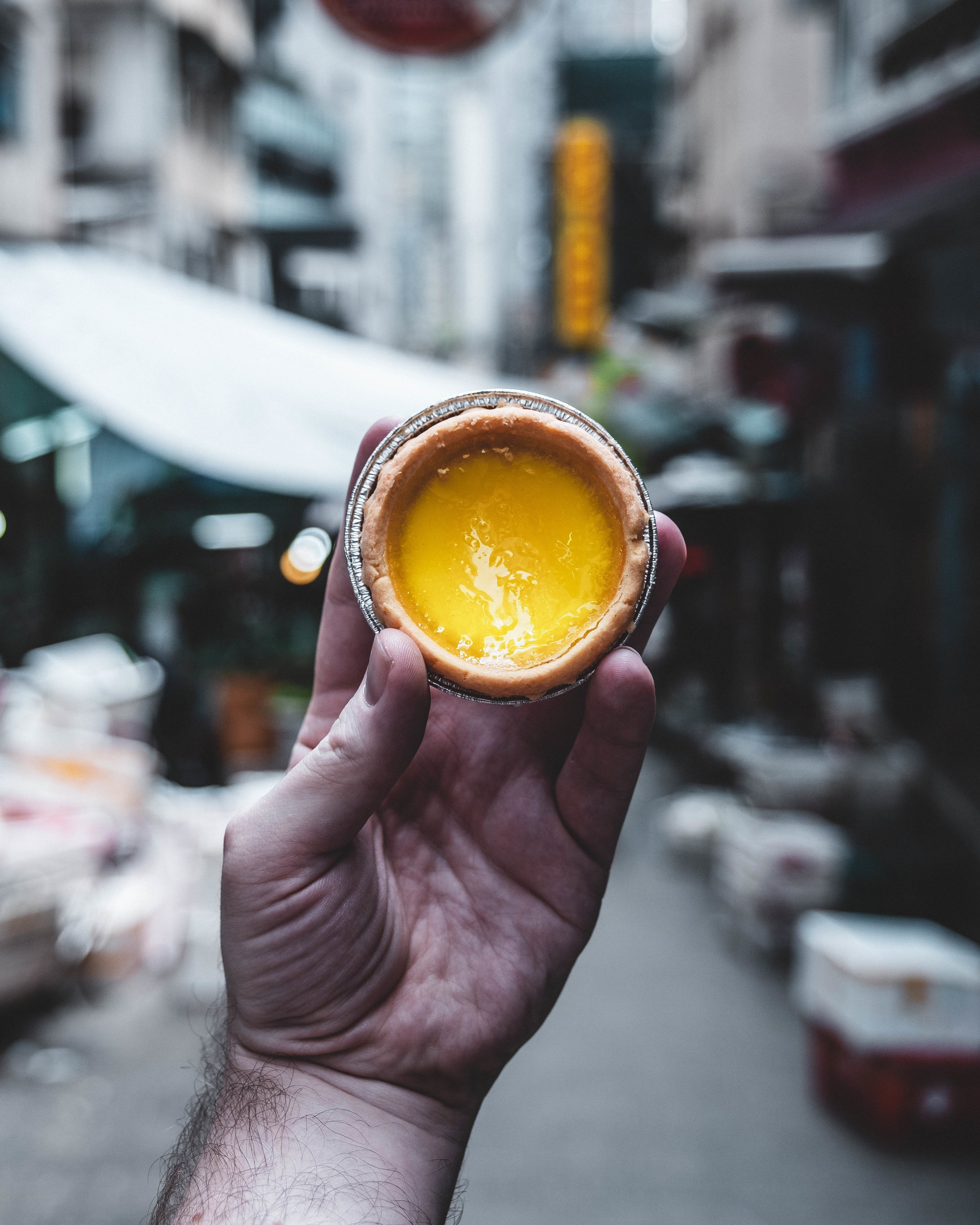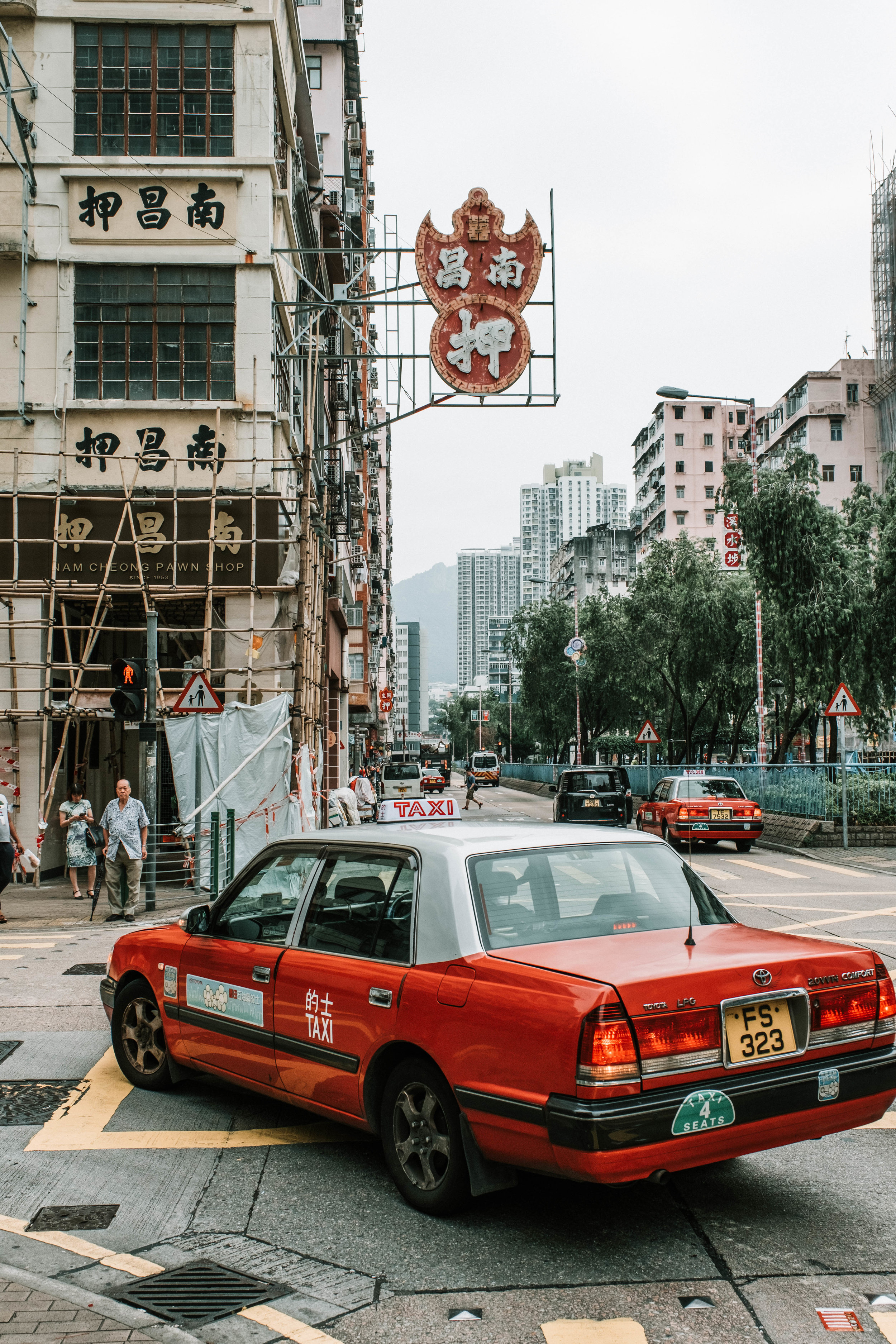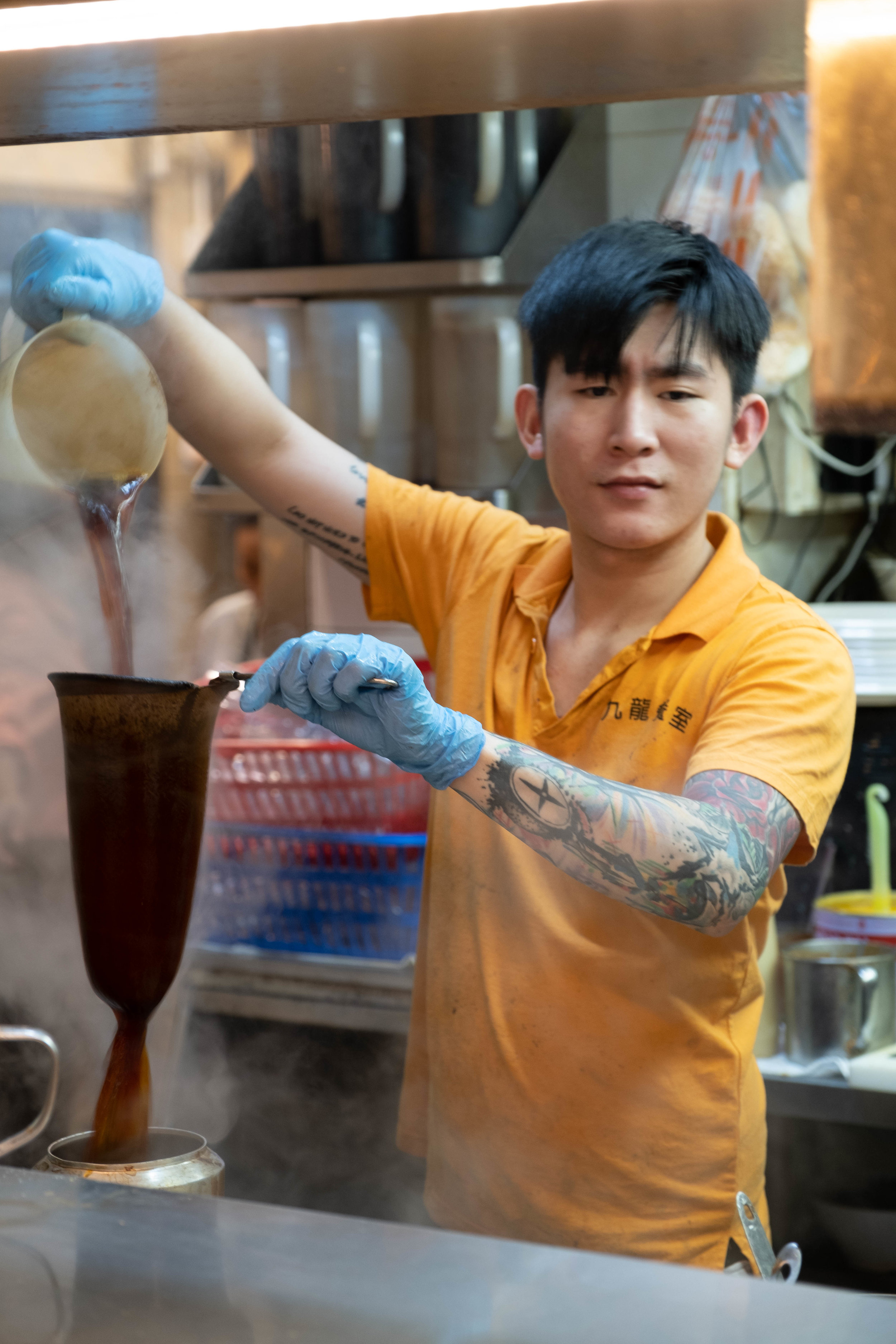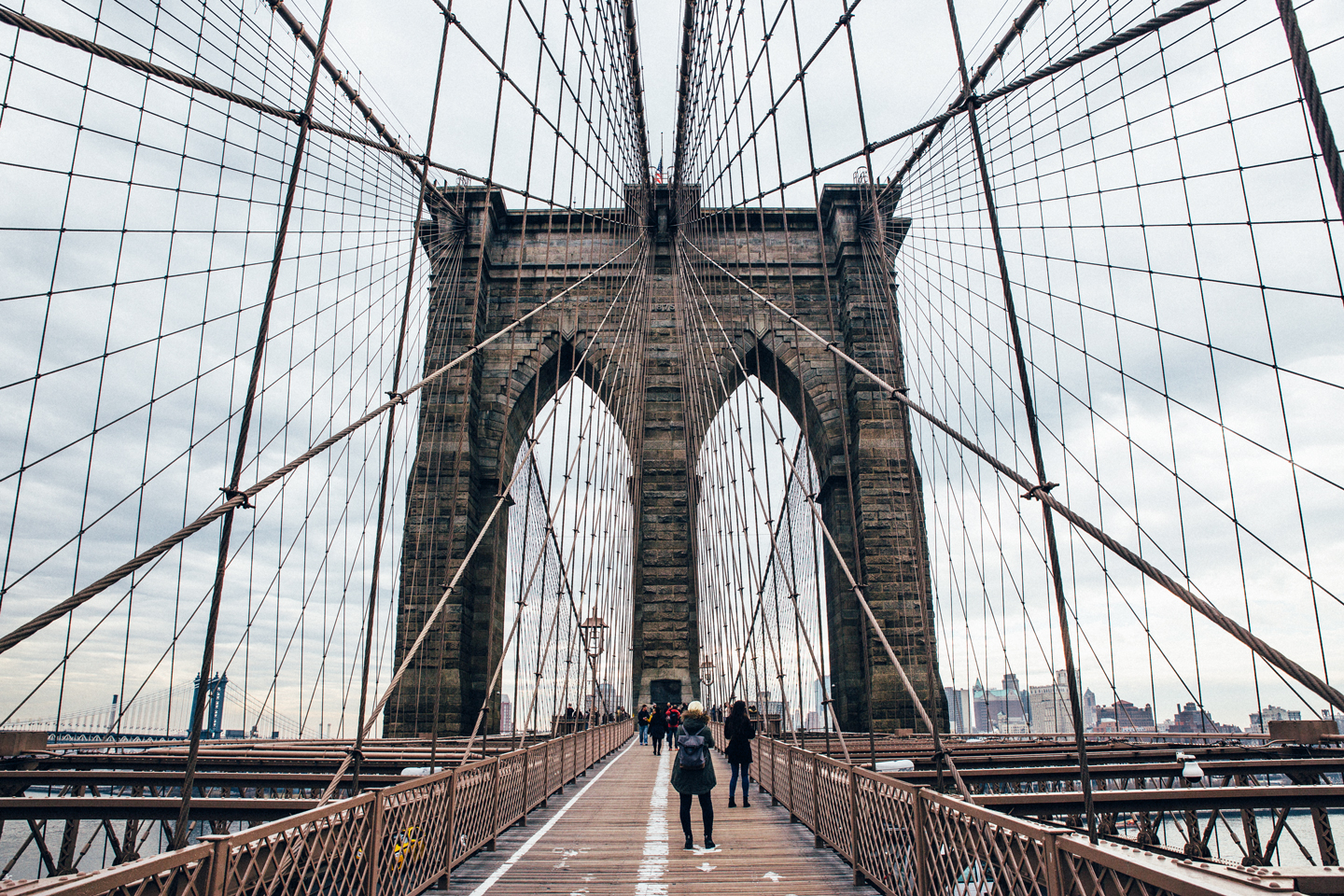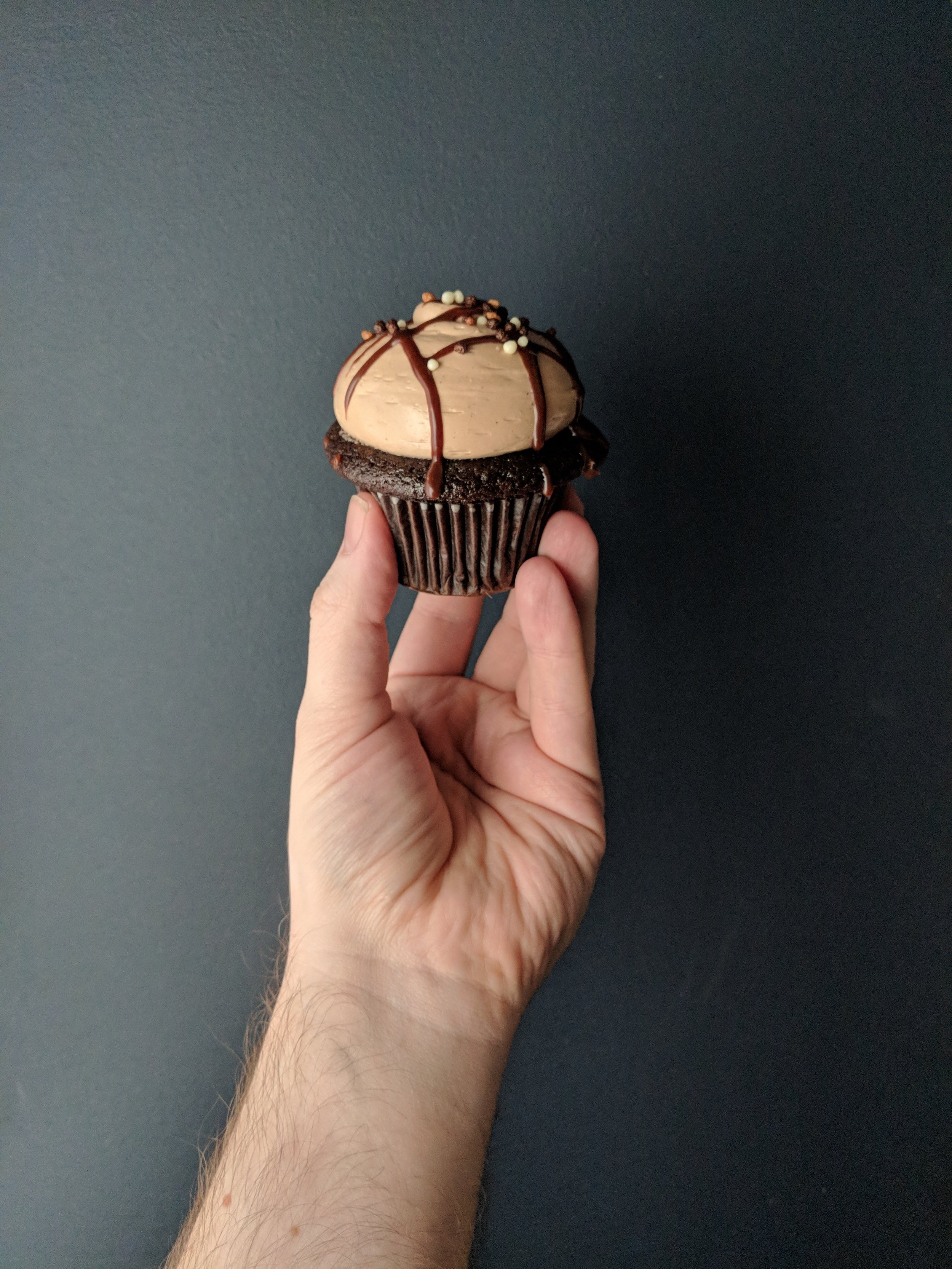I am finally bringing more travel content to The Boy Who Bakes and first up, Hong Kong. Over the next couple weeks I will posting a handful of posts to help you plan and inspire any upcoming trips to Hong Kong. Todays post is a primer on Hong Kong, some need to know information before you visit plus it’s a way for me to showcase all the photography I do when I travel when the images don’t always relate to the bakeries and food scene I am writing about. The post will be interspersed with some useful knowledge to have before your visit.
Over the 10 days we stayed in the city, after the most disastrous journey ever arriving 20 hours late after an unexpected and very unwelcome detour through Singapore, we stayed in a couple different neighbourhoods. We stayed with friends in Central, and we stayed in a hotel in Quarry Bay, both on Hong Kong Island. We wanted to explore as much of the city as possible so other than Hong Kong Island, where we visited many different neighbourhoods from Central to Wan Chai, we hopped across to Kowloon side and explored Tsim Sha Tsui and Sham Shui Po plus we got on a boat and spent a day tripping around the islands south of Hong Kong Island and of course we had to get the MTR out to Lantau Island to visit the Big Buddha at Po Lin Monastery.
The Basics
Hong Kong is known as a ‘special administration region of The People’s Republic of China’. A British colony from 1842 until 1997 it now lives in something of a halfway house. It has its own government (although recent protests show it’s maybe not as independent from China’s rule as it might seem on paper, something locals are not happy about) and exists under the idea of one country two systems, being a part of China but existing under a different legal framework, namely the British system it inherited. It is an extremely densely populated city, with a population of 7.39 million. The city is made up of 230 islands the main three being Hong Kong Island, Kowloon and Lantau. The official languages are Chinese and English. Cantonese is the major dialect found in Hong Kong and English is incredibly common although not 100% of the time, thankfully signage is almost always bilingual.
Useful Info
What do you need to know before arriving in Hong Kong? Firstly for those of you wondering if you can enjoy a visit there when you speak no Cantonese don’t worry, English is widely spoken and due to Hong Kong’s history as an English colony the signage is very commonly bilingual. Bottom line, it’s always a good idea to try and learn at least a few key words and phrases of the local language but in Hong Kong its not the barrier it might be elsewhere.
The currency is Hong Kong Dollars (HKD) and $10 roughly equates to €1.12, £1.12 or $1.26 USD. The stereotype of Hong Kong is of an expensive city to visit but that wasn’t our general experience. Unless you’re eating at high end restaurants food is not particularly expensive, especially when compared to other major cities like London, and most of the times it’s actually cheaper. However, if your tastes run on the expensive side then Hong Kong has more than enough places to empty your wallet. Drinks can be a little pricer and this can be alcoholic or caffeine based drinks. Coffee at ‘third wave’ coffee shops, the places that roast their own coffee, the places I like to visit because I am a coffee nerd, cost about $45 HKD, plus a bottle of beer in the Central neighbourhood will run you around £6 (Central is both a nightlife, restaurant and expat district so this is the more expensive neighbourhood for some things)
Talking of drinking, the legal drinking age is 18 plus there is no open-bottle law so you can drink in the street if you so wish, but be careful of traffic, there are 18,000 taxis in this city, don’t let one of them hit you, be sensible. It also wasn’t something we saw a lot of, so use your common sense and drink where you would normally.
Hotel prices like in any city vary widely but one tip if you’re travelling on a budget is to avoid staying on Hong Kong Island, especially in Central which is a definitely a little pricier. The hotel we stayed at, East Hong Kong, was located in Quarry Bay in the east of Hong Kong Island and, for the quality, was significantly cheaper than the same style hotels in Central, it also had an amazing view over the Hong Kong Harbour, definitely worth a look..
I’ll get into this more in another post but getting around is incredibly easy with a brilliant metro system, buses, trams and thousands upon thousands of taxis (and yes, Uber operates in HK too)
When to Visit
Hong Kong gets some extreme ends of the weather spectrum and there is definitely prefereable seasons to visit depending on your likes. Summers are hot, and that should be with a capital H for both hot and humid. Leaving the happy confines of air conditioned spaces (everywhere is air conditioned in HK) is like immediately walking into a wall of heat, so be prepared and keep water with you at all times. March to May is spring and the time I would choose to visit (although saying this we visited late May and for me it was almost too hot and humid!) June to August expect it to very hot and stormy. Autumn will be on the cooler side but in winter it will be surprisingly chilly. I would happily visit in any season but I would likely avoid the height of summer simply because heat and humidity are not my jam and the rain might put a dampener on your plans.
City or Countryside
Whilst these images, and those that appear in film and tv, don’t really show it well, Hong Kong is an incredibly green country, almost three quarters of it’s land is countryside. It’s not like London or New York with its city parks dotted throughout the urban centres, the city centres are completely surrounded by green spaces, open natural green spaces, beaches, mountains, water, all manner of countryside. There are beaches a plenty, hikes for all you walkers out there and amazing view points for those of us that like getting up high. One of the best things we did on this trip was to hire a boat and spend a day exploring the different islands south of Hong Kong Island, stopping off at the fishing village of Po Toi O and enjoying the freshest seafood lunch at Fat Kee restaurant. Whilst the city is incredible it is absolutely worth spending a day or two exploring outside the main areas and seeing a different side of the city.
Dim Sum Ettiquette
Your’e in the dim sum capital of the world and you should definitely be visiting a couple different dim sum restaurants whilst you’re here. There are a couple things I didn't know about before visiting that I thought I would pass on. Firstly you’ll be seated with others, its a communal experience and you’ll be directed to wherever empty seats are in the restaurant. When you sit down a kettle of tea will be placed in front of you with your dishes, alongside a bowl. The tea isn’t for drinking it’s to wash your dishes. They’re clean, don’t worry, this is done mainly out of custom. Unless your’e dining in high end dim sum places the chances are the menus will be in Cantonese so it’s worth brushing up on the name of some dishes you want to try to make it easier to communicate with the staff. If you want to follow the local etiquette then before pouring tea for yourself make sure everyone else is topped up, its only polite. If the tea is poured by a waiter or waitress you can tap the table as a polite thank you.
Over the next couple week or so I will have a few post for you about my trip, a guide some of my favourite cafes and bakeries and a helpful guide to getting around the city.
